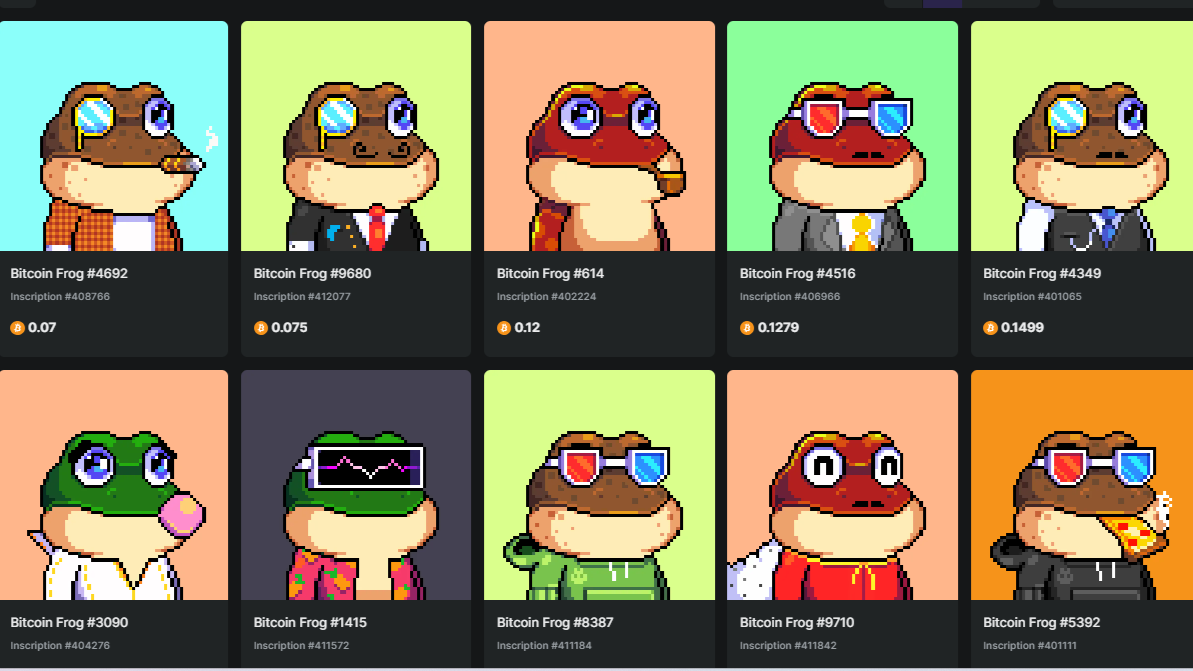Recursive inscriptions, an update that allows Ordinals inscriptions to reference another inscription, is set for deployment later this week. Ordinals is an iteration of non-fungible tokens (NFTs) on the Bitcoin blockchain.
See related article: Inside The Sandbox: A glimpse into the metaverse with co-founder Sebastien Borget
Fast facts
- By allowing inscriptions to request the content of other inscriptions, files, such as unique traits for generative art, can be stored on Bitcoin more efficiently.
- “Rather than inscribing 10,000 JPEG files for a [profile picture] collection individually which would be quite expensive, you could inscribe the 200 traits from the collection and then make 10,000 more inscriptions that each use a small amount of code to request traits and programmatically render the image,” LeonidasNFT, an NFT collector, pointed out on Twitter.
- As of Monday, Ordinals generated 1,702 BTC (US$44.13 million) in fees, totaling 11.6 million inscriptions, according to data from Dune Analytics.
- The “recursive inscriptions” update follows the introduction of the BRC-721E token standard late last month, a feature that enables the transfer of Ethereum-based NFTs to Bitcoin.
- “This means that the 4MB size limit for Bitcoin NFTs is effectively gone. We could see on-chain video games, applications, generative art, and probably Bitcoin’s version of smart contracts. This is quite a big deal, and another milestone in Bitcoin’s roadmap to one day potentially flipping the Ethereum NFT ecosystem,” said Yehudah Petscher, NFT strategist at Forkast Labs.
See related article: SEC FUD can’t stop the fun in NFTs






